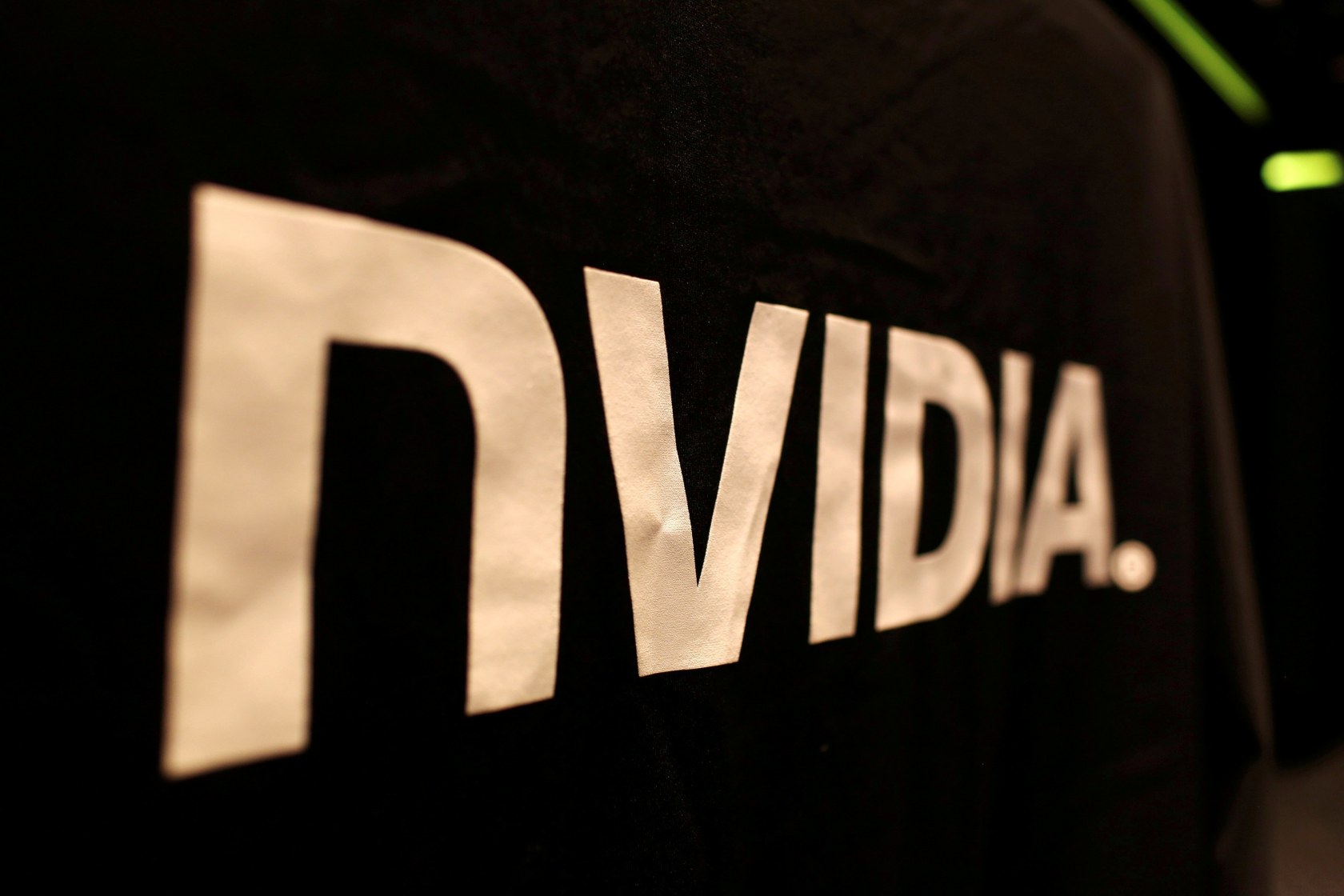In context: Those who bought into the RTX hype and snagged one of Nvidia's latest GPUs received a nice little bonus recently in the form of "RTX Voice" -- or so it seemed. This app claims to use AI to reduce or outright cancel microphone background noise, and it was only intended to function for RTX card owners. However, as per the usual, the internet has circumvented those limitations.

A user over on the Guru3D forums discovered that RTX Voice works "just fine" without a pricey RTX GPU in your system. Indeed, the ease with which the individual was able to achieve this feat suggests that Nvidia's restrictions are purely arbitrary, and only intended to artificially boost the appeal of RTX cards.
The user, known as "David Lake," found that by launching the RTX Voice installer on an unsupported system once (receiving the install failed message) and then editing a specific file, they were able to re-run the software and install it normally. The file in question is called "RTXVoice.nvi," and the section you want to edit is labeled "constraints."

By deleting the following everything between the opening and closing brackets for that section, the RTX GPU requirement can effectively be lifted (though you will still need an Nvidia card). You just need to re-run the RTXVoice setup.exe (located in C:\temp\NVRTXVoice by default) and enjoy. While I was unable to test this process myself (I don't have a non-RTX card handy), other outlets have confirmed Lake's findings.
Users report running into problems or mixed results on older GTX cards, particularly 900-series offerings, but for the most part, the performance impact of RTX Voice appears to be minimal, and the software functions well overall.
If you want to give the RTX Voice beta a shot on your Nvidia GPU (RTX or otherwise), you can download it right here. Just be aware that the software is still in beta, and will likely be prone to the (hopefully) occasional glitch as a result.
Masthead credit: The Wall Street Journal
https://www.techspot.com/news/84962-you-dont-need-rtx-gpu-access-rtx-voice.html